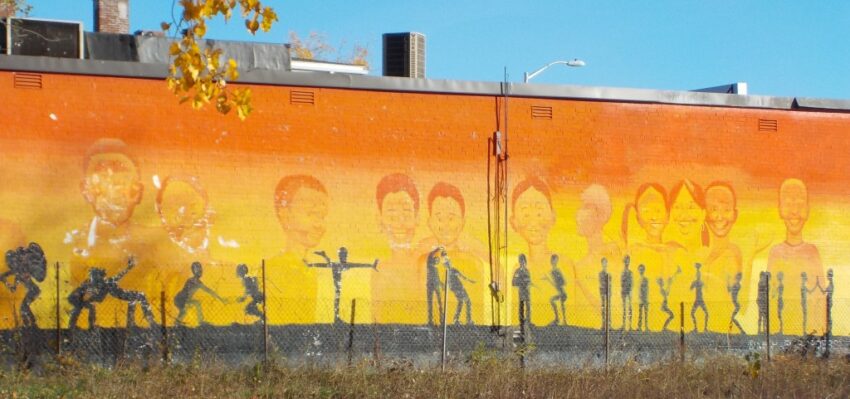I recerted the American Heart Association’s PALS (Pediatric Advanced Life Support) today for the 18th time. Last week I recerted ACLS (Advanced Cardiac Life Support) for the same. For those not in health care, everyone in EMS and most everyone in emergency departments and likely in other areas of the hospital have to take these two classes every other year along with the BLS (Basic Life Support) class, which covers mainly covers CPR.
The recertification involves taking a 50-question pretest and then doing three hours of on-line course work (watching videos and answering questions. You can’t skip through the videos to get to the questions although you can play them at up to 2X faster speed.) Class is four in-person hours. You watch more videos and do hands on skills on mannequins: CPR, intubation and intraosseous access. You run numerous scenarios on the same mannequins. Then you get tested on other scenarios. Finally there is another 50 question test that you must score at least an 84% on to pass the course. I got a 96%. Whoo-hoo!
I have mixed feelings about these classes. They are expensive, but fortunately thanks to our union contract, the company provides them for free to us. Last year I missed the company’s free class an had to pay an AHA affiliate about $500 to take all three recert classes. The American Heart Association no doubt makes serious bank sponsoring these classes. Periodically (usually every 5 years, the guidelines are updated, but for the most part the material is the same. The videos I saw this year are the exact same videos I saw two years ago. The actors in the videos hadn’t aged a day. Me, I was another two years older, worse for wear and tear.
Having to get down on the ground to do CPR is getting harder. I am okay once I am down on the ground, just the getting down and getting back up is a slower process than it used to be.
Two of the people in our class today weren’t born when the chief instructor and I started working the streets of Hartford over thirty years ago.
I have done a number of pediatric cardiac arrests in my career–all of them with stilled hearts on my arrival. The first one I did the fire department members ran out of the housing project and with a crowd of more than fifty, gathered around, all shouting with consternation, they handed me a cold stiff baby, all the while yelling at me demanding to know why it took me so long get there. I raised the doll baby to my lips and gave mouth to mouth to its cold lips while moving my fingers up and down on its stiff chest, making my way back to the ambulance, where I finally set the child down on the stretcher and managed to hang on while my partner drove like a maniac to the hospital, escorted by police cars, all for a baby that had been dead for hours, suffocated by its napping mother who’d rolled over on it. My last Pedi code was more organized. I cleared off a bedroom dresser, laid a this time warm and limber baby down on the wooden top and worked on it for twenty minutes (IO, epinephrine X 4, intubation) before moving slowly to the hospital. Both outcomes were the same. I’ve done a little less than ten pediatric codes (kids six and under, mainly infants one and less) and not a single one of them was I able to bring back to life. Once a kid is dead, it is hard to bring them back to this world even if you score a 96% on the PALS test. Adults are a different story. My first cardiac arrest as a paramedic on my own, I saved the patient. I didn’t get an IV or an intubation, I just shocked a recently dropped patient who was in v-fib and who’d had bystander CPR. They walked out of the hospital a week later. Easy peasy. An adult goes into vfib, gets a little CPR, you get there in not too long, apply electricity and they are back eyes wide open talking to you, asking what happened. Not kids.
To be fair, the PALS class is just as much about keeping a pediatric from going into cardiac arrest as it is about reviving them once their heart has stopped beating. You need to recognize who is really sick and take immediate action to prevent them from getting worse. I can say I have saved some of these children — kids with bad asthma, sepsis, anaphylaxis. Oxygen, fluid resuscitation, meds in some cases, or just getting them to the hospital quickly. I have never had a child die on me, though I have had injured children die later in the hospital. Hit by cars, they had no brain activity and after 48 hours the family let them go.
I am getting to the end of my career. I hope I don’t ever have to use again what I refreshed on today.

